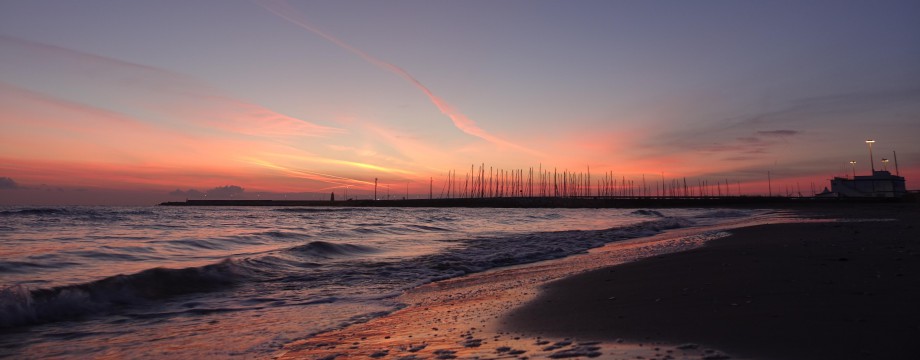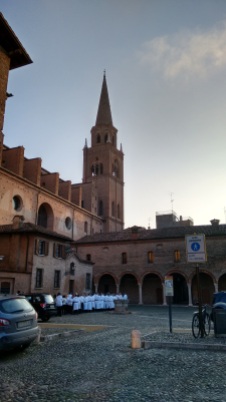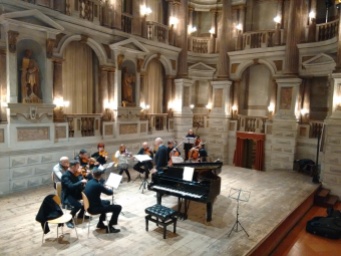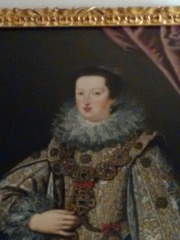Buongiorno a tutti,
How is everyone? I’ve had a good few days. I’ll start with an earthquake update, as is the tradition of late!
Earthquake update
We’re still waiting for engineers to come around to ‘officially officially’ declare the house uninhabitable. It’s already been ‘officially’ declared uninhabitable but well, I guess they want to be thorough about it. After that, apparently the more expert structural engineers will be around, which could still be weeks away, to tell us what they think needs to be done to the house: knocked down or renovated somehow.
It’s very odd being without a plan. From about the age of 5 I probably had cunning plans of some sort, whether it was to be a chiropodist (I was an odd child) or tattoo artist or whatever. I’ve always had a pretty clear idea of where I’d be living and what I’d be doing. It’s odd suddenly being thrown into a life of uncertainty for a planning sort like me. However, friends have told me that I should be more spontaneous (I do schedule time into be spontaneous but apparently that’s missing the point), so perhaps this is a good, albeit enforced, opportunity!
So, in an effort to improve my spontaneity, my friend and I planned decided impromptu to go to Mantova last weekend. My friend used to live in the area and has fond memories of it. It’s in the region of Lombardia, about 4 or 5 hours drive up north from where I live.
In the past, running towns in Italy was very much a family business and in Mantova it was no different, run by the very influential Gonzaga family for many years. The town centre is a World Heritage Site. Mantova was one of Italy’s hubs for the Renaissance. Artists and musicians from all over Europe were invited here to entertain the ‘powers that be’ and to design and decorate the lavish palaces there. The fictional Romeo, of Romeo & Juliet fame, was supposedly extradited here. Virgil, the great Italian poet, was born here and Monteverdi premiered his great Opera L’Orfeo here.
Travelling to Mantova is very atmospheric as the city seems to rise out of nowhere as you cross a bridge over the artificial lakes that surround it. It has lots of porticoes (covered walkways) supported by columns that usually have apartments above. These porticoes seem quite an ‘Italian’ feature to me, though in my patch I don’t think we have any to my knowledge. There are lots of shops – some chain stores but mostly little boutiques. People have their own style here. My friend calls it “bonbon” whatever that is. I think it basically means simple but chic.

These are porticoes, under the arches…
We also went to visit the Basilica Concattedrale di S. Andrea which is absolutely spectacular inside. It’s all been expertly painted to seem completely 3D, with the walls that are entirely flat seeming to be great looming intricate marble columns.
We also went to see the theatre, Teatro Bibiena which is one of the nicest theatres I’ve ever been to. You have to pay 2 euros to visit and it was well worth it because a group of musicians were practicing for a performance there later that evening. I recommend that strategy – you can get front row seats for something that would usually cost lots more!
It’s also nice to have a wander around the lake which had a very atmospheric layer of mist covering it when we visited…
On our last day we spent a few hours inside the Palazzo Ducale where the Duke and his family lived. The palace is interesting in itself – the ceilings are all either wooden, or painted with frescoes and my personal favourite, a maze (bottom left hand corner below).
The Duke had a reproduction of a palace that is in Rome (alas I can’t remember which one!) built inside his own palace but to fit it in everything was done in miniature. Unfortunately we weren’t able to go in during our visit. A legend developed about it being an apartment for dwarfs and in fact in one of the palace’s frescoes there is a picture of a dwarf.

This is the Gonzaga family.
And this is my favourite fresco in the palace, it was actually on the ceiling of a very impressive room.

The Palace is also the home to lots of portraits among other treasures. At the risk of sounding like a terrible art aficionado and angering those passionate about art, I would like to pose a question that I have been pondering for months.
Portraits of Italians (and maybe other nations for all I know – this question has only really arisen for me in Italy during my attempts to be more cultured) that lived a few dozen / hundred years ago look like:
I challenge anyone to go into any Italian gallery where old paintings are shown and find anyone that doesn’t look utterly horrendous. If anyone had painted me like this….

…I would have had them put to death (I say this in jest of course because as an aspiring portrait artist myself, I have an unfortunate knack of making everyone look terrible. If I was any good at oils, I probably would have done quite nicely back in the day.) My other personal favourites….

Creepy cherub on steroids (apologies to the artist – please don’t roll in your grave – I really do like the painting)

World’s first Renaissance Drag Queen?
I find it all very puzzling. I’ve come up with 4 theories for this anomaly:
- Italians in those days had bulgy, un-expressive eyes, chubby cheeks, bulbous lips and a completely missing jaw line. The artist’s representation was accurate. I’m not at all convinced of this theory because I have never seen an Italian or indeed anyone else (that doesn’t have an illness), look like this. I think it would take a while for genetics to change to the point where Italians look like they do today, particularly given the evidence seems to point to them all looking equally horrific at that time, leading to presumably similar offspring.
- The artists were terrible portraitists. I don’t believe this for one minute. All of the paintings are technically brilliant: the way the light is reflected off clothes, the luminescence of the skin, the detail… Some of the paintings we saw were painted by the renaissance’s greats. It feels almost blasphemous to suggest they weren’t any good at capturing a likeness (apologies Greats, I take this theory back).
- The artists have basically edited their portraits to make the subject more ‘attractive’ (where attractive in this instance, is ‘nightmarishly’ ugly). In the same way that in these days with the marvels of photo editing software, one can make jaw lines and cheekbones more pronounced, give people healthy glowing tans, make them skinnier, smooth their skin, perhaps back in those days, they ‘edited’ their paintings to make everyone’s eyes bulge. It’s already widely established that in the past being on the pale chubby side was considered beautiful (because it showed you were rich enough that you didn’t have to go out to work in the field and you had enough money to eat lots of lovely food) so perhaps that extended to their faces too. I just find it difficult to believe.
- Keeping on the editing theme, the artists were instructed to deliberate paint their subjects to be a bit scary and odd looking for the purposes of intimidating the peasants. Personally, I can’t imagine that. If it were me and this had been my goal, I’d still insist the artist make me look attractive but maybe add in an evil cape, trident and/or some rabid dogs.

This is Montefeltro. His painting is displayed at the Palazzo Ducale in Urbino. Who knows whether he looked like this in reality but I think as the artist, I might have left the country immediately after the unveiling just to be on the safe side.
Does anyone else have any better ideas because I really am absolutely flummoxed!
On that note, have a good ‘rest of week’.
x


























